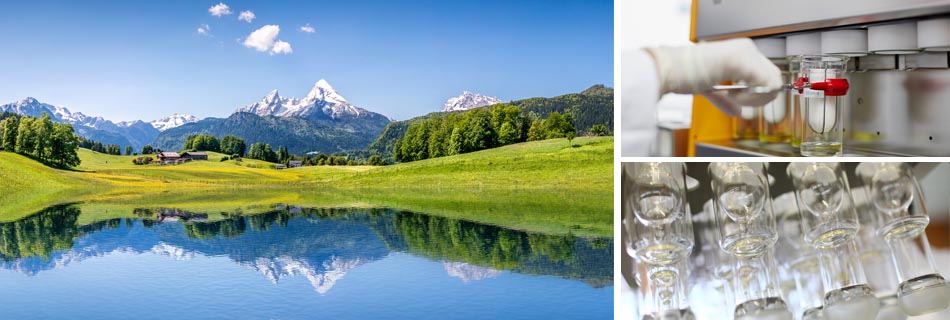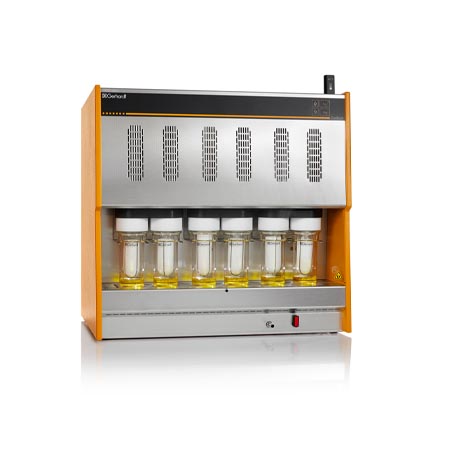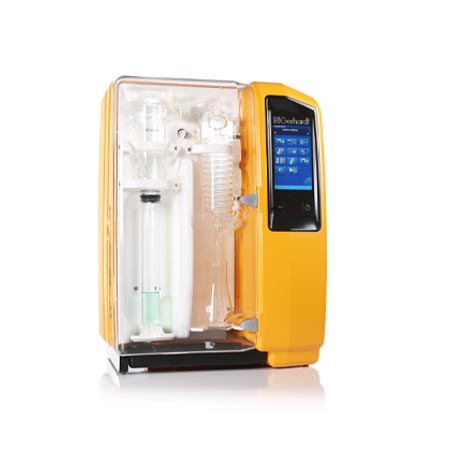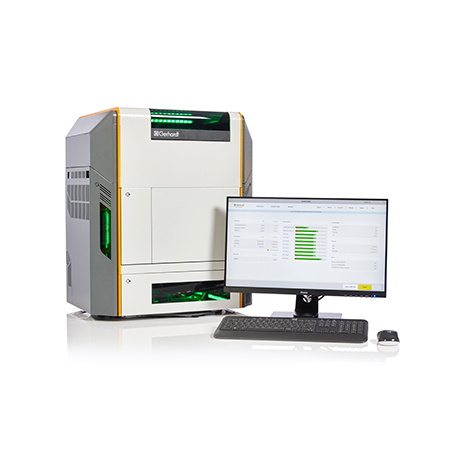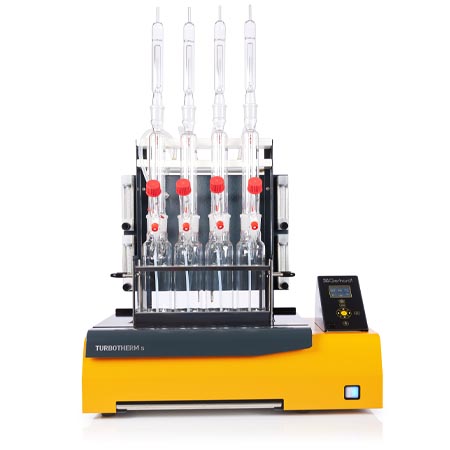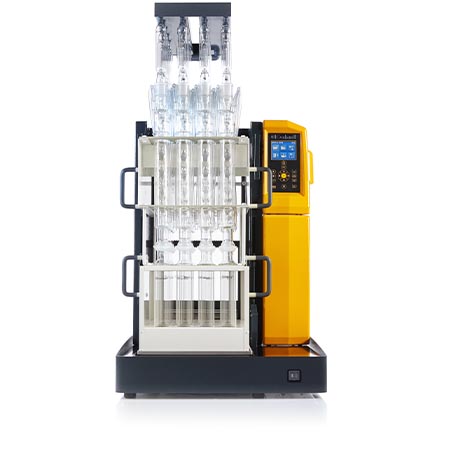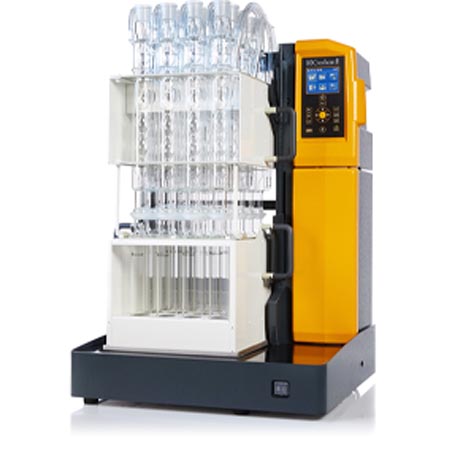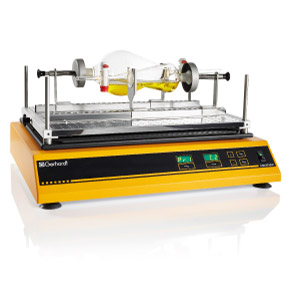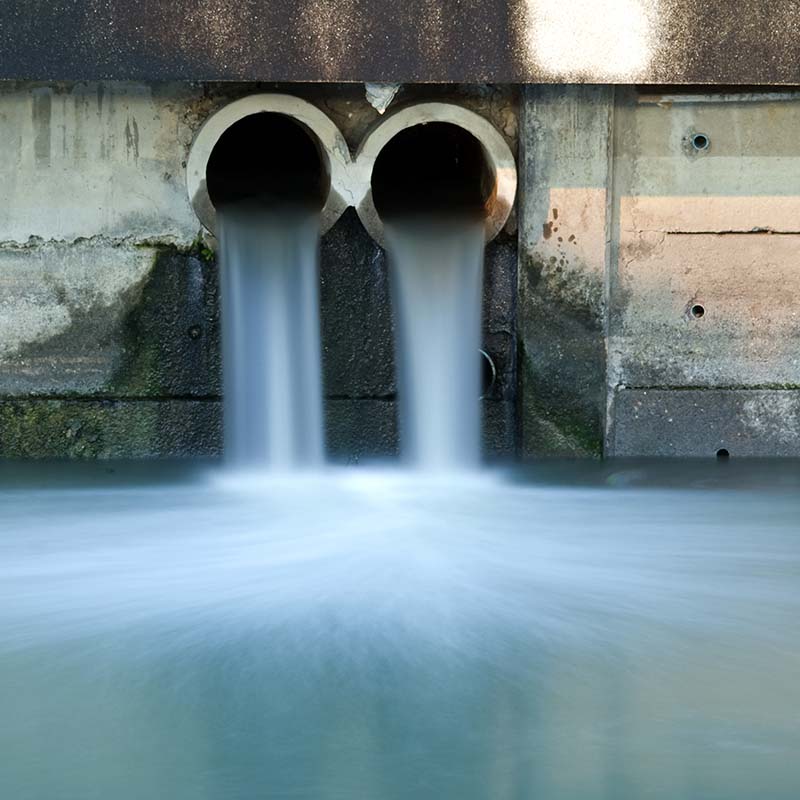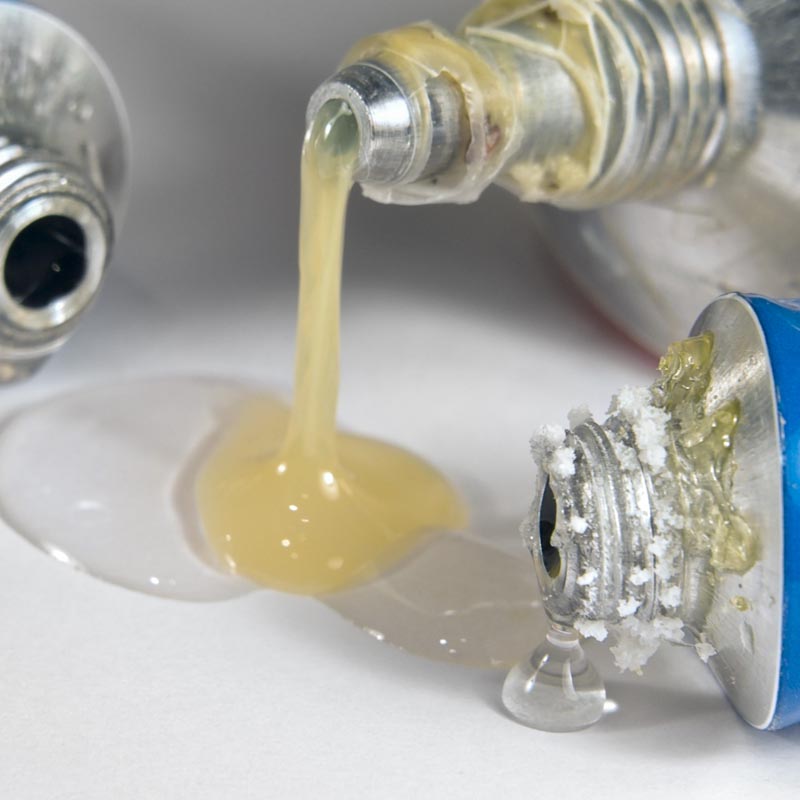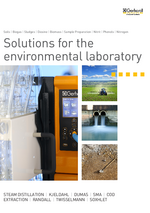In environmental and residue analysis, a wide variety of sample matrices are examined using a wide variety of methods in order to protect both the environment and all the living creatures that inhabit it.
In addition to the classic analyses relevant to environmental analytics, such as the determination of water quality, the identification of contaminated sites in soils, the compliance of wastewater with certain limit values or the examination of heavy metal contamination in soils and waters, there are many other fields of application in which parameters important for the environment must be analysed.
For example, environmental analysis is closely linked to the food and feed industry, because it is applied in this area for quality assurance. It is of great importance that the nutritional values of food and feed comply with the respective rules and regulations so that consumers and farm animals are not endangered. In this context, parameters such as ammonium, SO2, nitrate or volatile organic acids are determined, for example, so that limit values can be complied with and nutrient deficiencies can be detected.
Industry is another sector from which environmental analysis has become indispensable. Whether it is in the textile, cosmetics, tobacco or metal industries - the analysis of environmental components is crucial. Yet this is not just about residue analysis of parameters such as total formaldehyde, dioxins, PCBs, PAHs or plasticiser content from PVC in final or intermediate products. The processes surrounding production also require analyses to protect the environment and consumers. For large industrial plants with their own sewage and wastewater treatment plants, for example, the focus is on the analysis of wastewater, waste products and sludge.
Environmental analysis is therefore an all-rounder and accordingly analytical equipment in this sector must fulfil a number of criteria. On the one hand, they must be as versatile as possible, as they have to cover many different sample matrices and a wide range of parameters to be determined. At the same time, however, the high demands of modern laboratories must not be ignored: Analytical systems must therefore work efficiently, precisely and safely. In addition, there are also stricter environmental regulations and requirements from national and international standards and guidelines which must be complied with.
Since, in addition to the classic methods such as nitrogen determination according to Kjeldahl or Dumas, we also have systems for extraction according to Soxhlet, for steam distillation and for chemical digestions in our portfolio, you can meet the diversity of environmental analysis with our equipment. And, of course, the needs of the laboratories are not missed out either: through partially and fully automated processes, you save valuable working time and thus also costs by using our equipment, while at the same time the handling of the equipment becomes safer and more intuitive for your laboratory staff. The precision and reproducibility of the analysis results of course have the proven C. Gerhardt quality!

